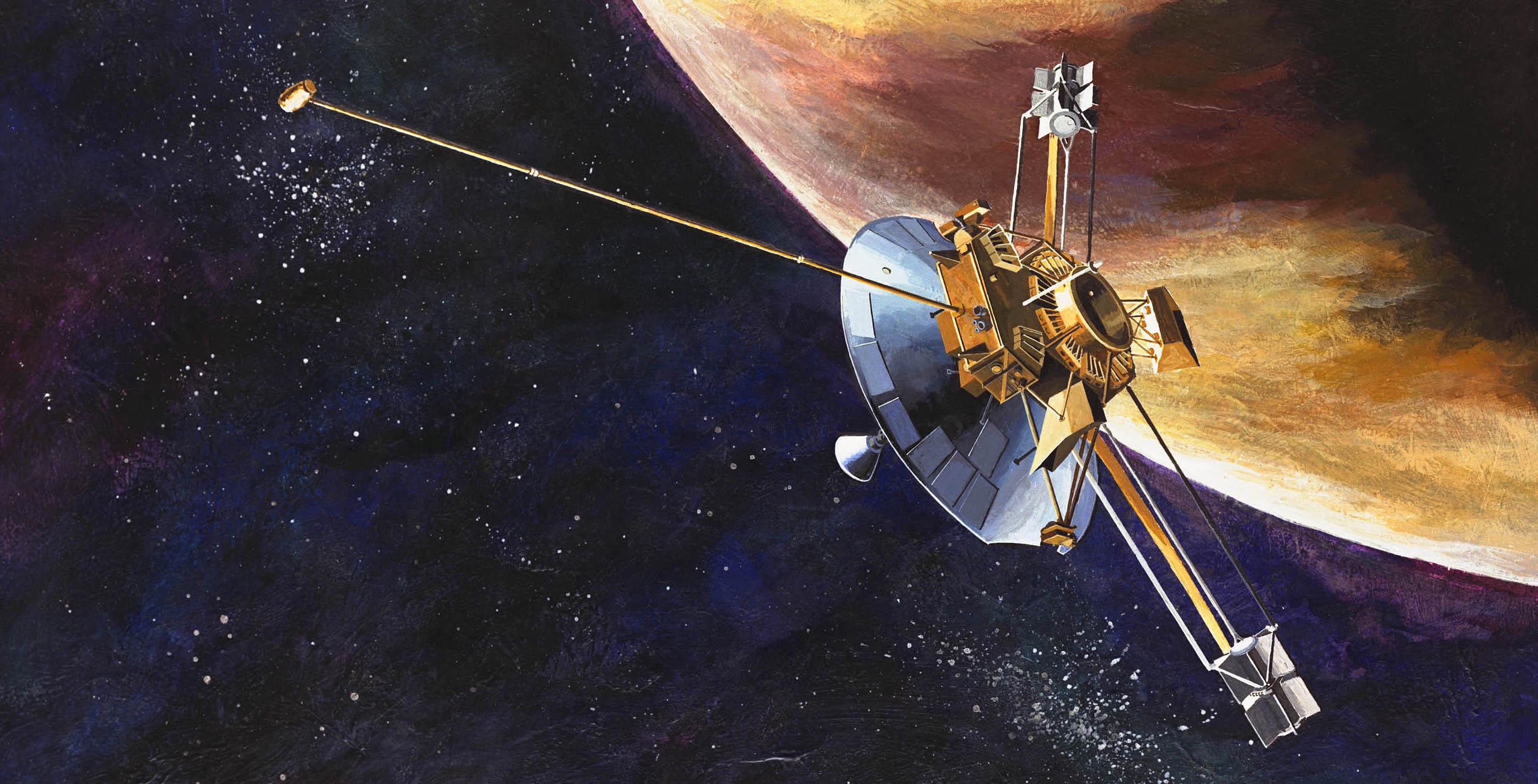
History of Satellites
One of the most dramatic moments of the twentieth century occurred on October 4, 1957. The Soviet Union sent a small shiny sphere with four long antennas into space. They called it Sputnik I. Sputnik is a Russian word that means “traveling companion.” The satellite traveled so fast that its ballistic flight continued all the way around Earth. A radio transmitter on board sent a simple beeping signal that could be heard everywhere as it passed overhead. It was an artificial moon. Since then, satellites have come to be a vital part of human development. Communications, national defence, space exploration and other areas of human activity are today closely linked with satellites.
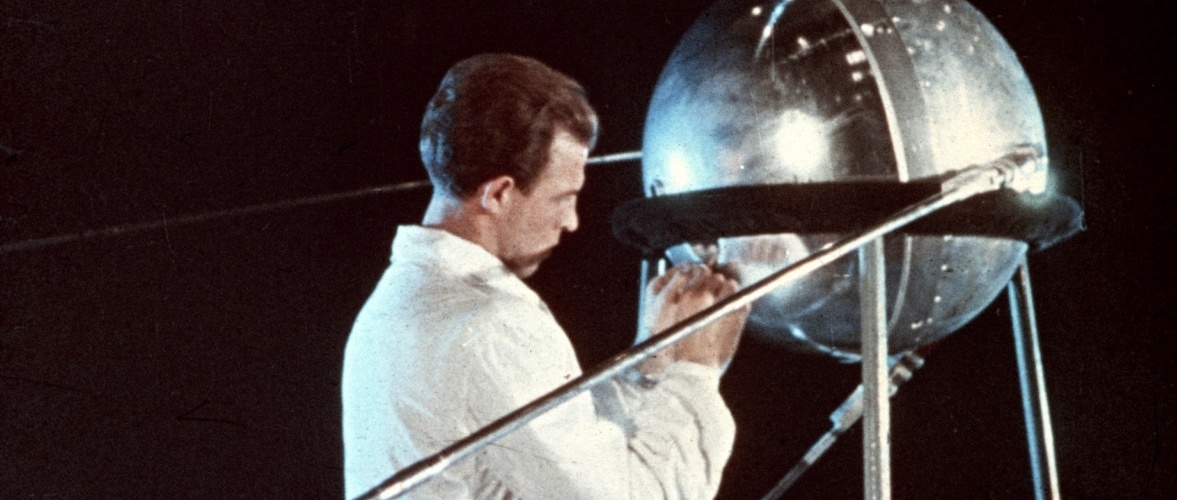
1 of 5
Because the Soviet rocket program was so secret, scientists and politicians in the United States were surprised by Sputnik. They feared the Soviet Union might be developing other secret projects. A huge effort to catch up began, and it even included building new facilities in schools so young people could learn more science and mathematics to better prepare for the space age.
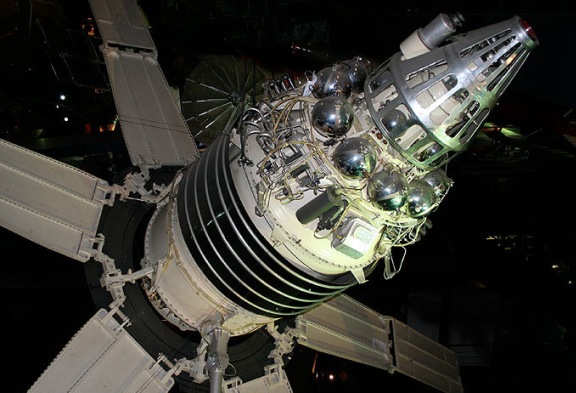
2 of 5
The former Soviet Union launched many more Sputniks and other Earth-orbiting satellites, with names like Molniya and Cosmos, over the years.
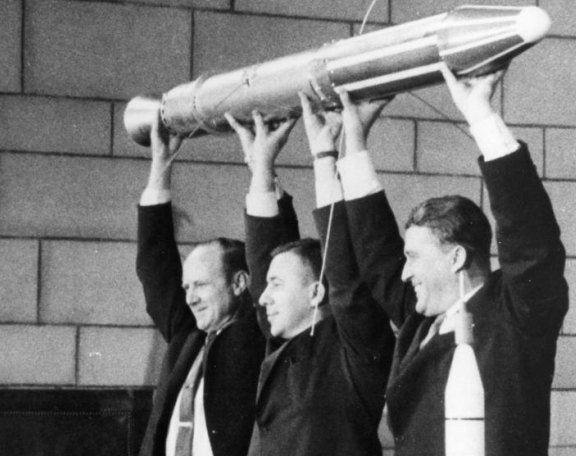
3 of 5
The United States’ first satellite was Explorer 1, which was sent into orbit on February 1, 1958. In that same year, the U.S. government set up the National Aeronautics and Space Administration (NASA) to explore outer space. Other notable satellites launched by the United States included Vanguard, Echo, Syncom, and Landsat.
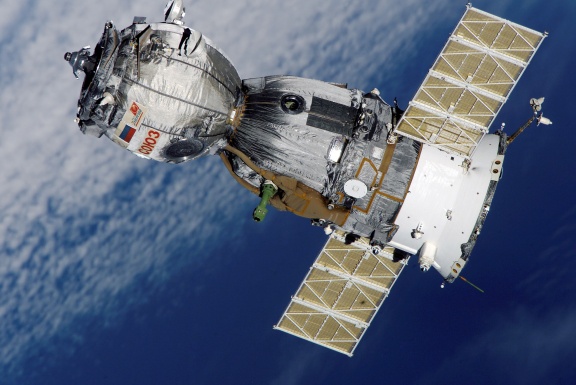
4 of 5
The European Space Agency, China, India, and other countries have also launched their own satellites. The many uses of satellites include relaying data, transmitting navigation signals, military surveillance, observing the surface of Earth, following the movement of storms and other weather features, and scientific research.
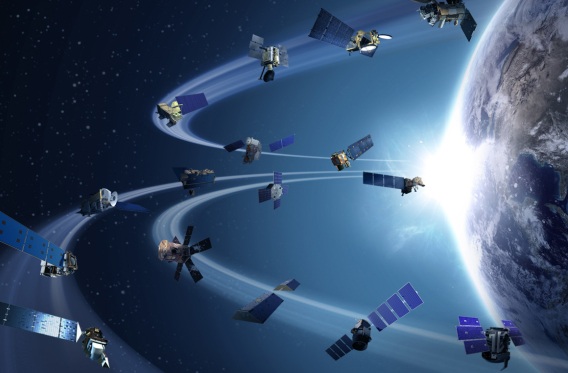
5 of 5
So many satellites are orbiting Earth that you will probably see at least one, about as bright as an average star, moving among the
constellations, if you pay attention during the first hour of darkness on any clear night of the year. In fact, companies that build and operate satellite services were a $100-billion-per-year industry around the globe in 2007.
At the beginning of the space age, the first satellite, Sputnik 1, was an elementary device that contained only a radio transmitter. Sputnik 1, the first satellite launched by humankind, was a 83.6-kg capsule.
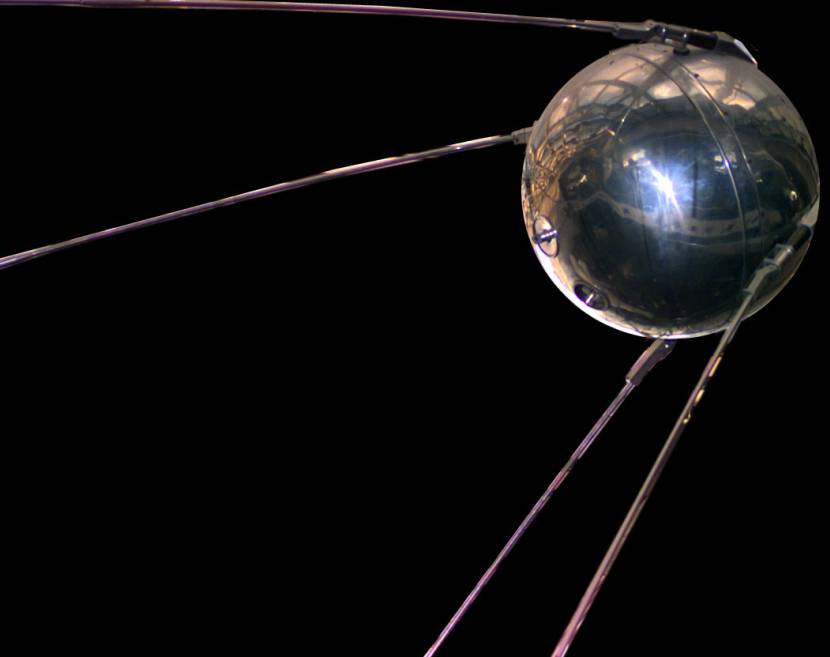
1 of 1
It circled Earth every 96 minutes and remained in orbit until early 1958, when it fell back and burned in Earth’s atmosphere.
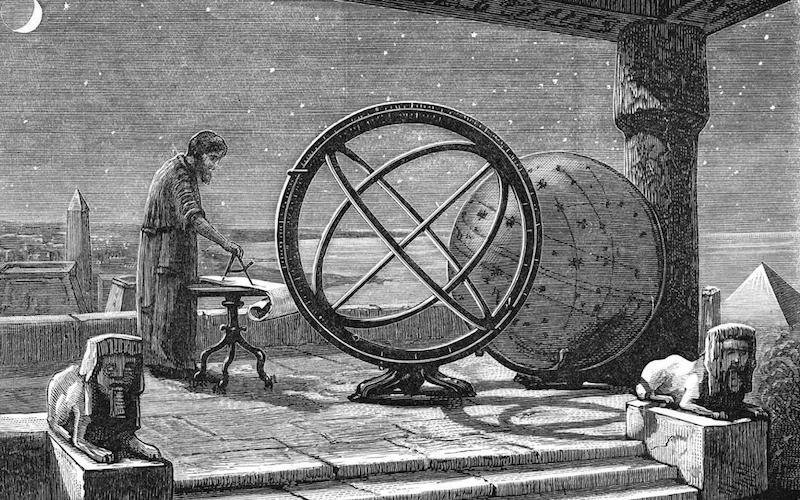
Astronomy in the Ancient Times
Astronomy is a science that studies celestial objects and phenomena. Humanity has studied astronomy since ancient times. Astronomy, as an orderly pursuit of knowledge about the heavenly bodies and the universe, did not begin in one moment at some particular epoch in a single society. Every ancient society had its own concept of the universe (cosmology) and of humanity's relationship to the universe. In most cases, these concepts were...
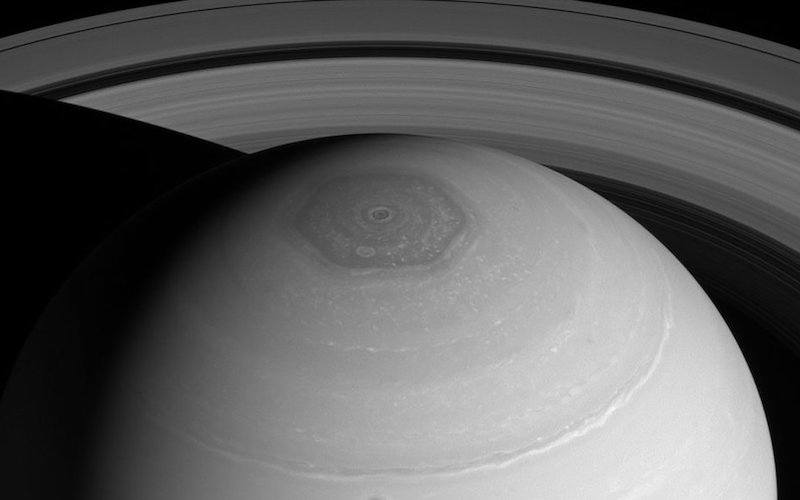
Astronomy in the Modern Times
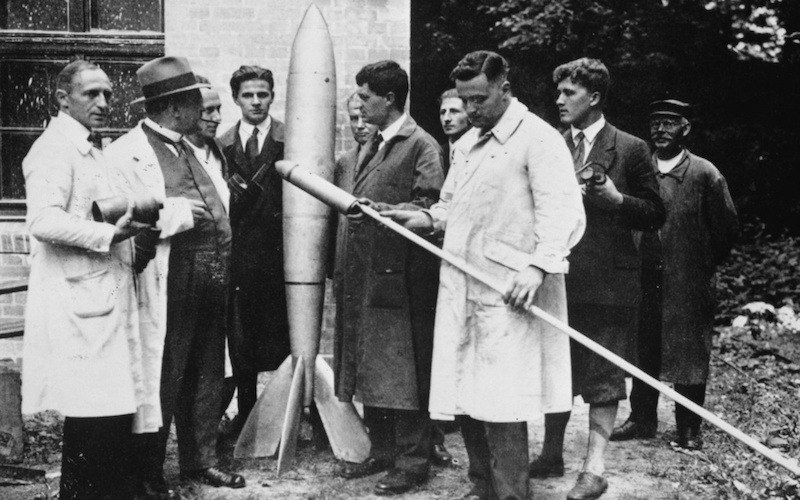
History of Rockets
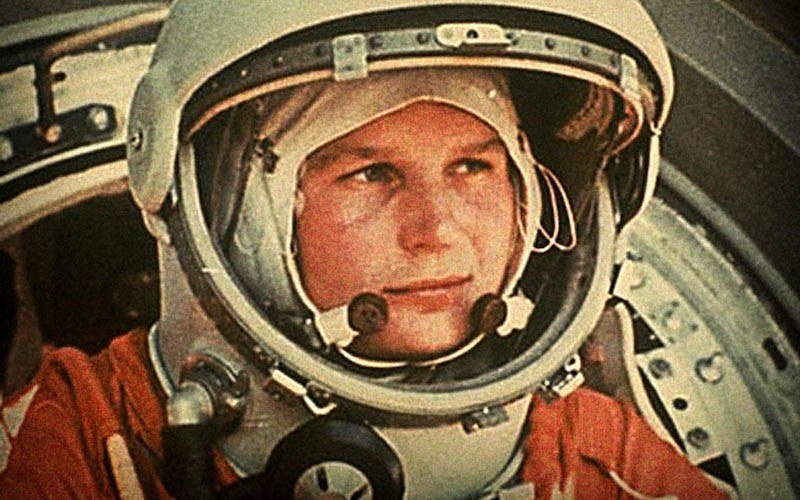
Space Race
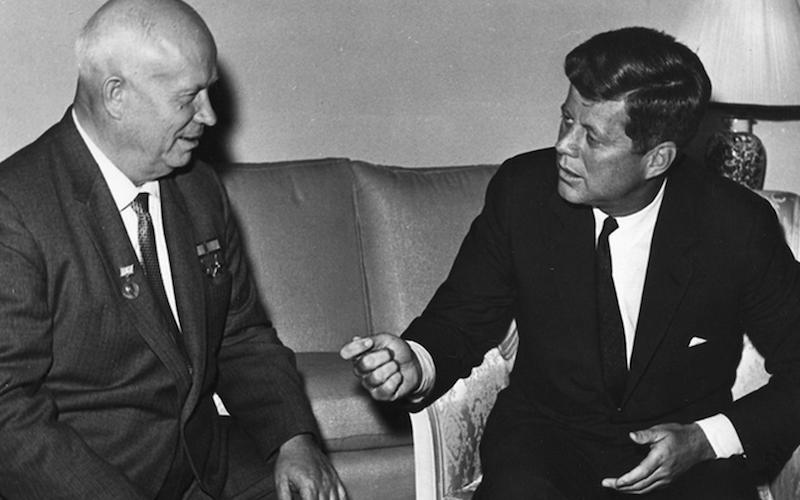
Space exploration and the Cold War
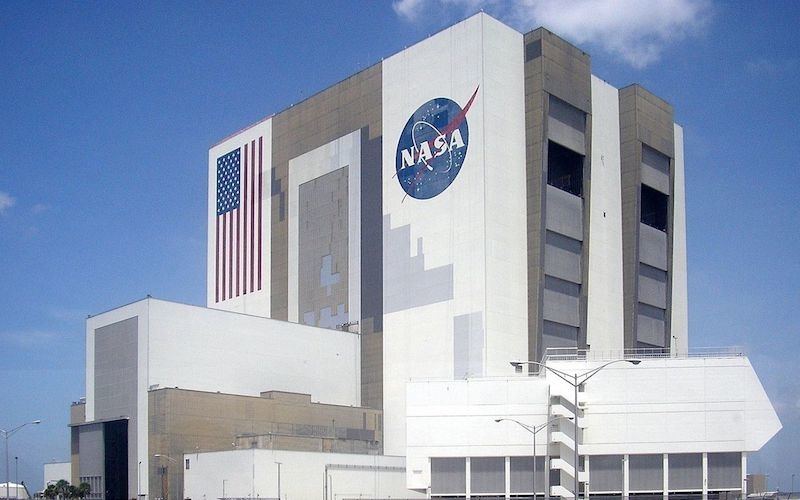
Space Agencies
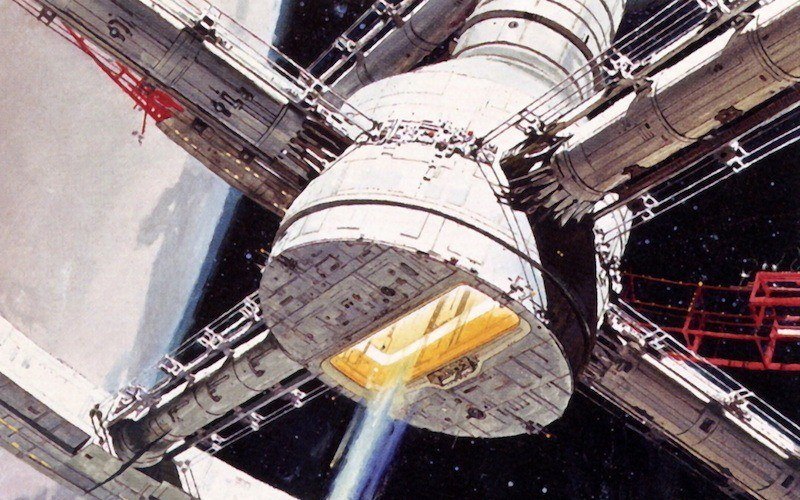
Science fiction and space exploration
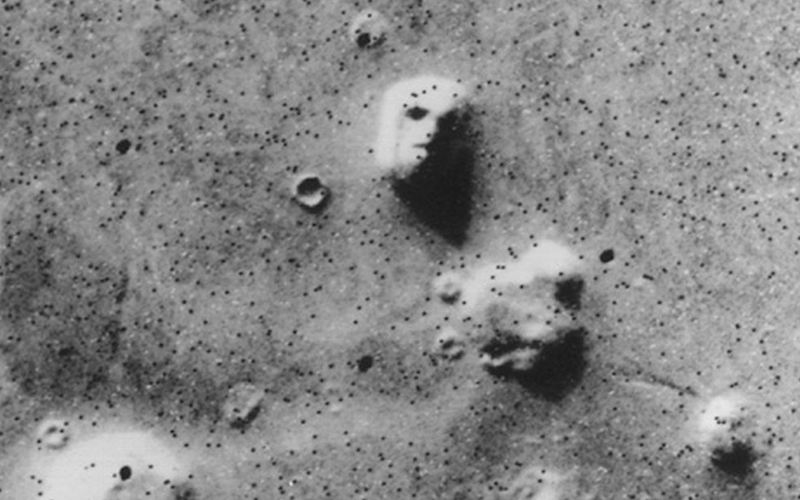
Exploration of Mars

Exploration of the inner solar system
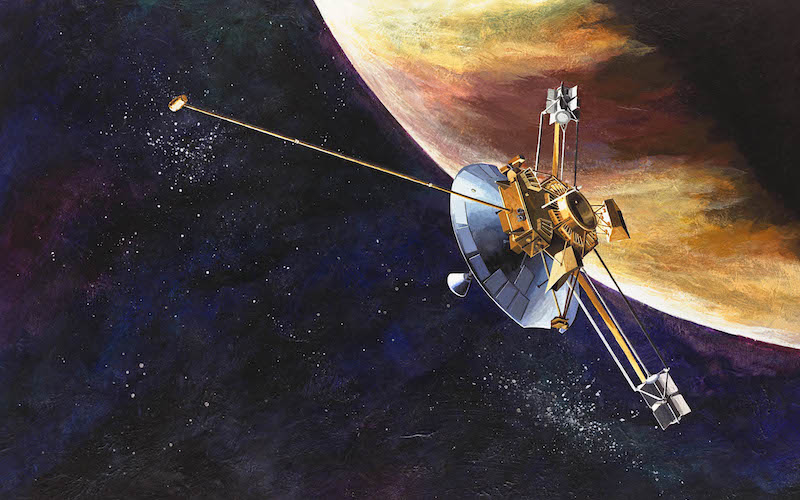
Exploration of the outer solar system
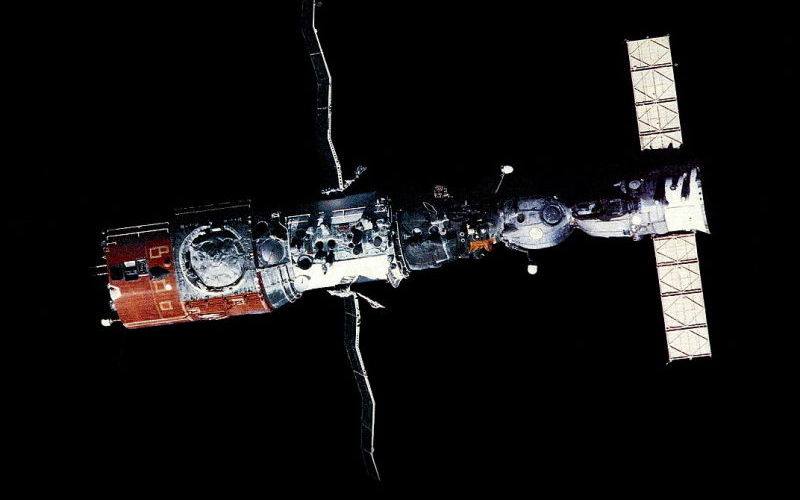
Modern orbital space exploration
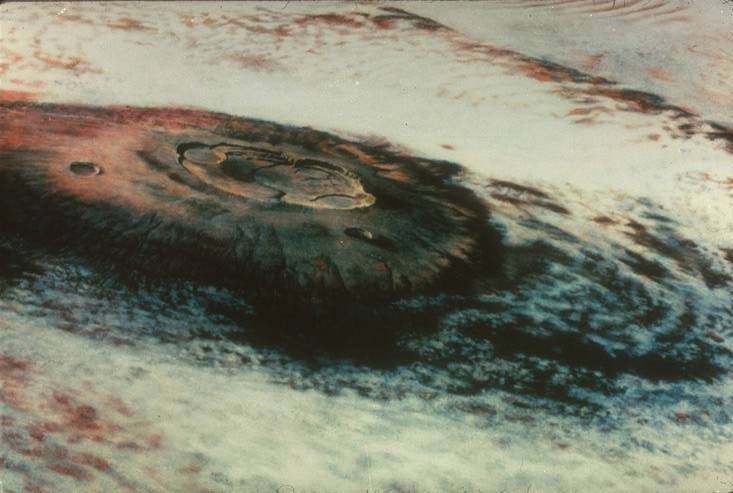
The Future of Space Exploration
While the current lunar exploration initiative has been justified as a “stepping stone” toward Mars, human missions to Mars represent a major step up in complexity, scale, and rigour compared to lunar missions.
- Erik Gregersen, Unmanned space missions: An explorer’s guide to the universe, Britannica Educational Publishing in association with Rosen Educational Services, New York, 2010
- Peter Jedicke, Great moments in space exploration, Infobase Publishing, New York, 2007





